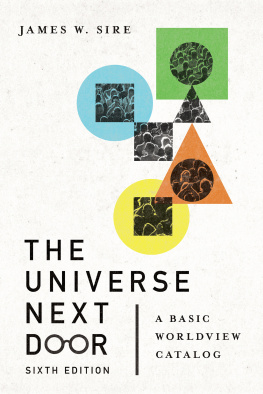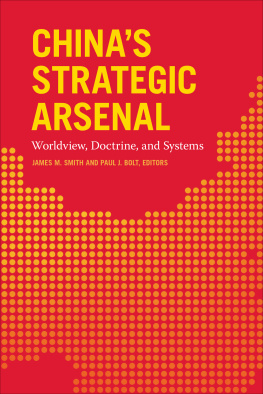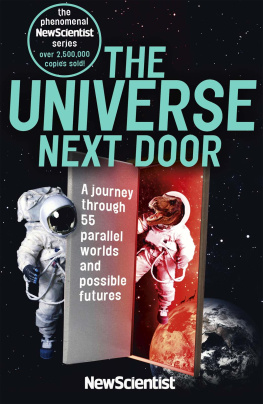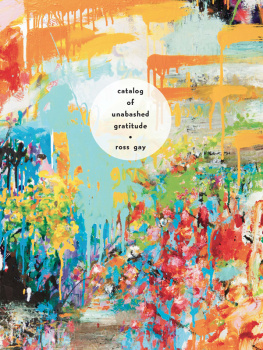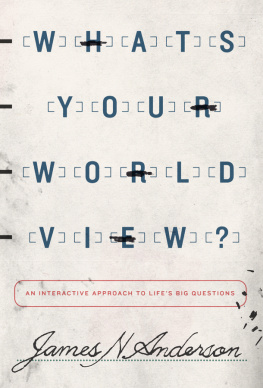Sire James W. - The Universe Next Door: A Basic Worldview Catalog
Here you can read online Sire James W. - The Universe Next Door: A Basic Worldview Catalog full text of the book (entire story) in english for free. Download pdf and epub, get meaning, cover and reviews about this ebook. year: 2020, publisher: Inscribe Digital, genre: Religion. Description of the work, (preface) as well as reviews are available. Best literature library LitArk.com created for fans of good reading and offers a wide selection of genres:
Romance novel
Science fiction
Adventure
Detective
Science
History
Home and family
Prose
Art
Politics
Computer
Non-fiction
Religion
Business
Children
Humor
Choose a favorite category and find really read worthwhile books. Enjoy immersion in the world of imagination, feel the emotions of the characters or learn something new for yourself, make an fascinating discovery.
- Book:The Universe Next Door: A Basic Worldview Catalog
- Author:
- Publisher:Inscribe Digital
- Genre:
- Year:2020
- Rating:4 / 5
- Favourites:Add to favourites
- Your mark:
- 80
- 1
- 2
- 3
- 4
- 5
The Universe Next Door: A Basic Worldview Catalog: summary, description and annotation
We offer to read an annotation, description, summary or preface (depends on what the author of the book "The Universe Next Door: A Basic Worldview Catalog" wrote himself). If you haven't found the necessary information about the book — write in the comments, we will try to find it.
The Universe Next Door: A Basic Worldview Catalog — read online for free the complete book (whole text) full work
Below is the text of the book, divided by pages. System saving the place of the last page read, allows you to conveniently read the book "The Universe Next Door: A Basic Worldview Catalog" online for free, without having to search again every time where you left off. Put a bookmark, and you can go to the page where you finished reading at any time.
Font size:
Interval:
Bookmark:
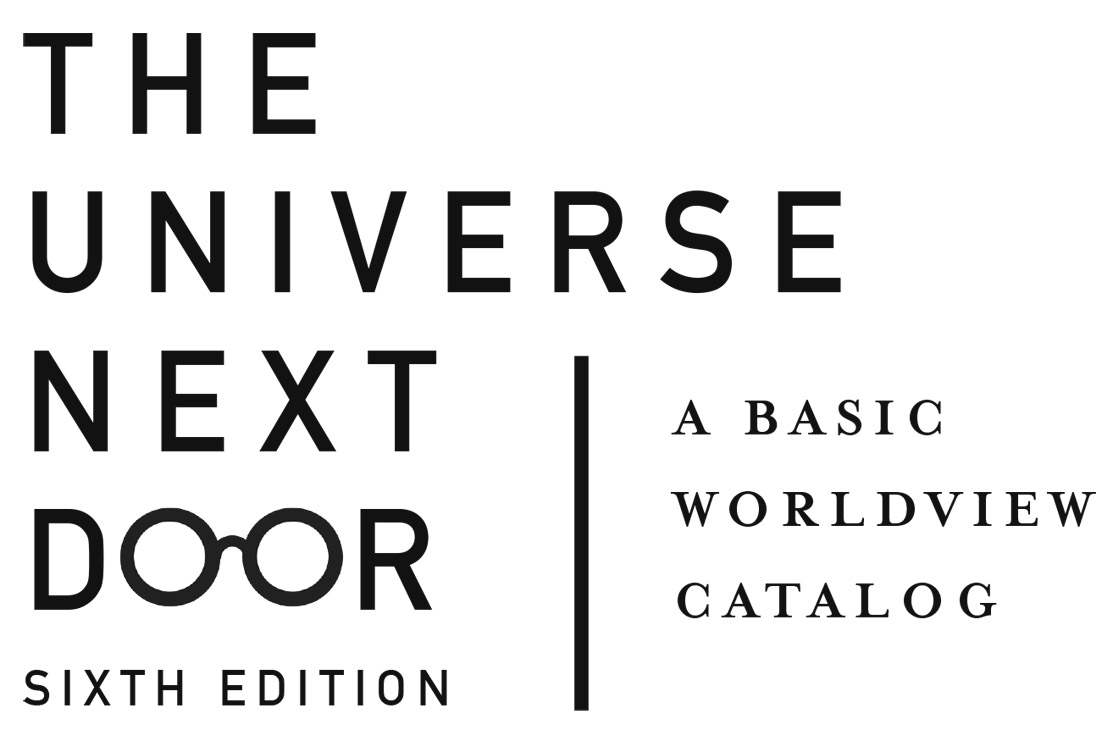
FOREWORD TO THE SIXTH EDITION BY
JIM HOOVER

InterVarsity Press
P.O. Box 1400, Downers Grove, IL 60515-1426
ivpress.com
Sixth edition 2020 by the Estate of James W. Sire. Fifth edition 2009 by James W. Sire. Fourth edition 2004 by James W. Sire. Third edition 1997 by James W. Sire. Second edition 1988 by James W. Sire. First edition 1976 by InterVarsity Christian Fellowship of the United States of America.
All rights reserved. No part of this book may be reproduced in any form without written permission from InterVarsity Press.
InterVarsity Pressis the book-publishing division of InterVarsity Christian Fellowship/USA, a movement of students and faculty active on campus at hundreds of universities, colleges, and schools of nursing in the United States of America, and a member movement of the International Fellowship of Evangelical Students. For information about local and regional activities, visit intervarsity.org.
All Scripture quotations, unless otherwise indicated, are taken from The Holy Bible, New International Version, NIV. Copyright 1973, 1978, 1984, 2011 by Biblica, Inc.Used by permission of Zondervan. All rights reserved worldwide. www.zondervan.com. The NIV and New International Version are trademarks registered in the United States Patent and Trademark Office by Biblica, Inc.
is used courtesy of J. Mark Bertrand.
Cover design and image composite: David Fassett
Interior design: Jeanna Wiggins
Images: crowd: Rytis Seskaitis / EyeEm / Getty Images
postage stamp border: troyek / E+ / Getty Images
ISBN 978-0-8308-4939-0 (digital)
ISBN 978-0-8308-4938-3 (print)
To Marjorie, | WHOSE WORLDS |
Carol, Mark, and Caleb, | ON WORLDS |
Eugene and Lisa, | COMPOSE |
Richard, Kay Dee, Derek, Hannah, | MY FAMILIAR |
Micah, Abigail, and Joanna, | AND BURGEONING |
Ann, Jeff, Aaron, and Jacob, | UNIVERSE |
For any of us to be fully conscious intellectually we should not only be able to detect the worldviews of others but be aware of our ownwhy it is ours and why in light of so many options we think it is true.
JIM SIRE
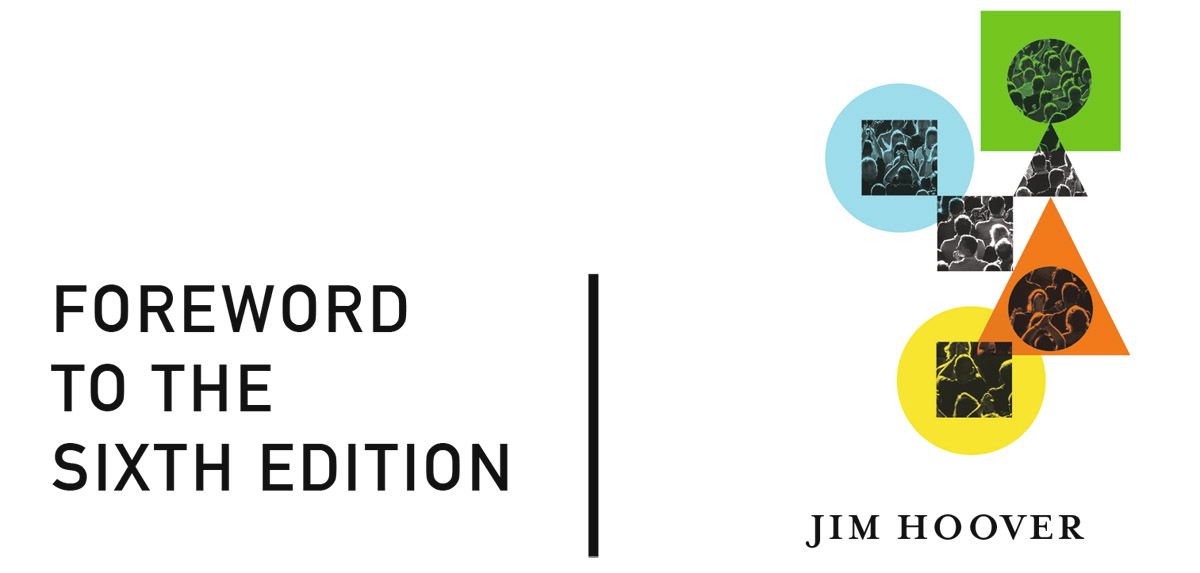
I FIRST MET JIM SIRE more than fifty years ago. I was a twenty-one-year-old college student, attending an InterVarsity National Leadership Institute at Cedar Campus in Michigans Upper Peninsula. Jim was the newly appointed, first full-time editor of InterVarsity Press. I found him warm and engaging with a self-deprecating, if often impish and provocative, sense of humor. Bright and inquisitive, he seemed just the right person to launch a new era in Christian publishing with the university and the world as its purview.
Little did I imagine then that ten years later he would invite me to join the editorial staff of the Press. By then the first edition of The Universe Next Door had already established itself as a key book for the intellectually curious looking to explore how Christianity fit within the swirl of worldviews on university campuses. The book itself, as Jim notes, grew from a series of lectures that he gave over several summers at the Christian Study Project. I spent a few days sitting in on the lectures in the summer of 1979. Soon thereafter I became Jims primary in-house editor, working not only on revisions of The Universe Next Door, but also on most of his subsequent books: Scripture Twisting, Discipleship of the Mind, Chris Chrisman Goes to College, Why Should Anyone Believe Anything at All?, Habits of the Mind, Naming the Elephant, Why Good Arguments Often Fail, and A Little Primer on Humble Apologetics. We spent many a lunch hour together and with others exploring Jims ideas on these and many other topics.
So I was honored when the editorial staff invited me to work on this sixth edition. Had Jim not already done most of the work on the revisions prior to his untimely death in February 2018, I wouldnt have attempted itIve neither taught nor researched the material independentlythough years of friendship have helped me to think Jims thoughts after him. Most of Jims additions will be found at the end of the book where an additional chapter, Building a Christian Worldview for the Twenty-First Century: A Work in Progress, and an appendix containing several helpful diagrams and thumbnail sketches may be found.
I have expanded the number of sidebars that offer helpful definitions and reflections along the way, and I have added updated references at various points, some of which came directly from Jim and others that came from outside reviewersnamely, Tawa J. Anderson, Robert Lively, and J. Mark Bertrand. While unable to implement all their helpful suggestions, I am grateful for the feedback these readers offered. Previous users will note that instead of just referencing the worldview questions by number as they come up in each chapter, I have added a brief parenthetical word or two to trigger the readers memory of the issue involved. Each chapter now includes questions for reflection and discussion that should add to comprehension of the material.
I hope this new edition will serve a new generation of readers seeking to live out an examined life under the Lordship of Jesus Christ.
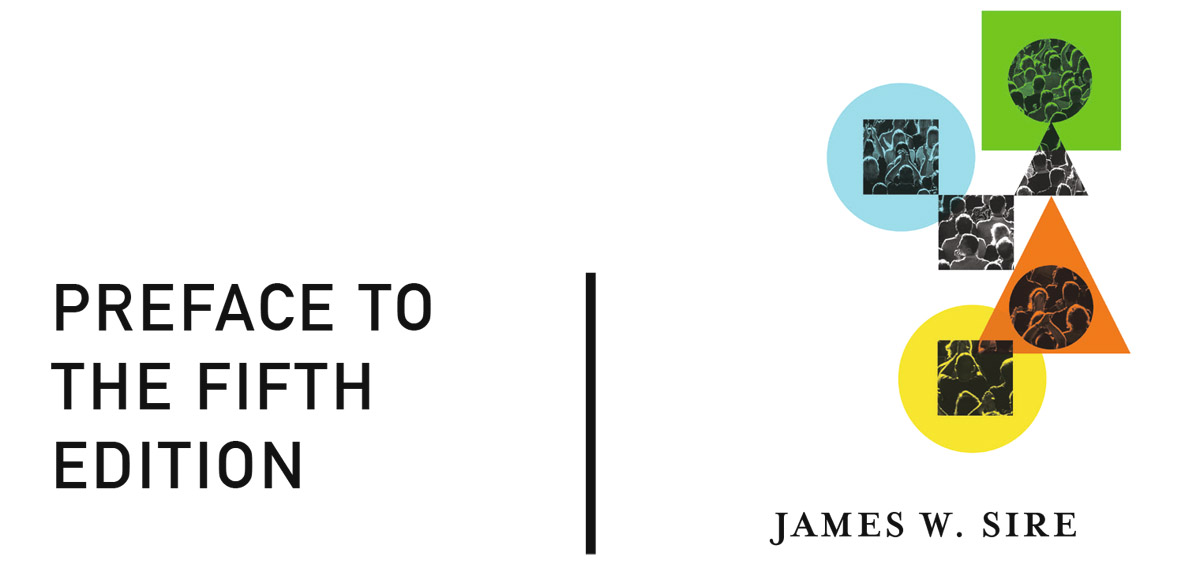
I T HAS BEEN MORE THAN thirty-three years since this book was first published in 1976. Much has happened both in the development of worldviews in the West and in the way others and I have come to understand the notion of worldview.
In 1976 the New Age worldview was just forming and had yet to be given a name. I called it the new consciousness. At the same time the word postmodern was used only in academic circles and had yet to be recognized as an intellectually significant shift. Now, in 2009, the New Age is over thirty years old, adolescent only in character, not in years. Meanwhile postmodernism has penetrated every area of intellectual life, enough to have triggered at least a modest backlash. Pluralism and the relativism and syncretism that have accompanied it have muted the distinctive voice of every point of view. And though the third edition of this book noted these, there is now more to the stories of both the New Age and postmodernism. In the fourth edition I updated the chapter on the New Age and substantially revised the chapter on postmodernism.
In the fourth edition I also reformulated the entire notion of worldview. What is it, really? There have been challenges to the definition I gave in 1976 (and left unchanged in the 1988 and 1997 editions). Was it not too intellectual? Isnt a worldview more unconscious than conscious? Why does it begin with abstract ontology (the notion of being) instead of the more personal question of epistemology (how we know)? Dont we first need to have our knowledge justified before we can make claims about the nature of ultimate reality? Isnt my definition of
Font size:
Interval:
Bookmark:
Similar books «The Universe Next Door: A Basic Worldview Catalog»
Look at similar books to The Universe Next Door: A Basic Worldview Catalog. We have selected literature similar in name and meaning in the hope of providing readers with more options to find new, interesting, not yet read works.
Discussion, reviews of the book The Universe Next Door: A Basic Worldview Catalog and just readers' own opinions. Leave your comments, write what you think about the work, its meaning or the main characters. Specify what exactly you liked and what you didn't like, and why you think so.

